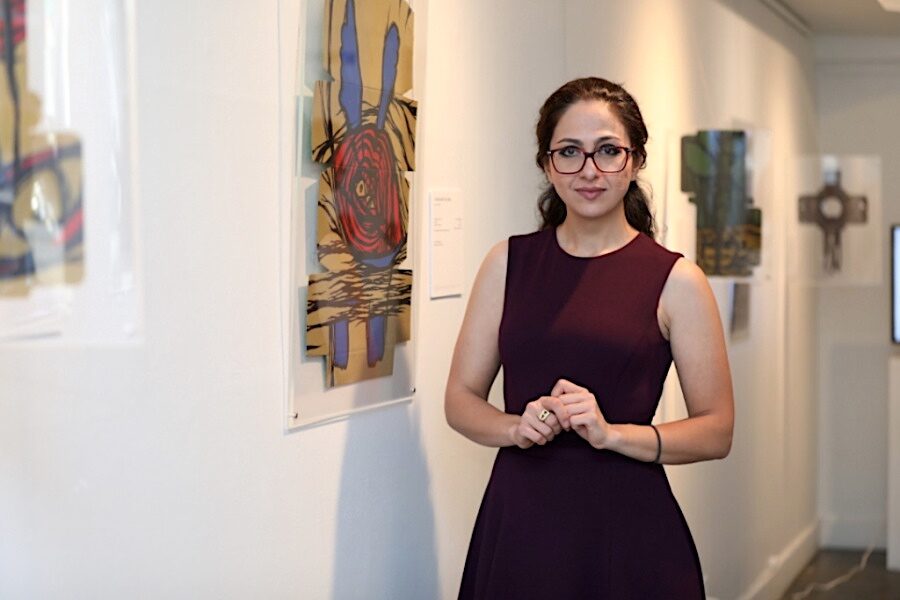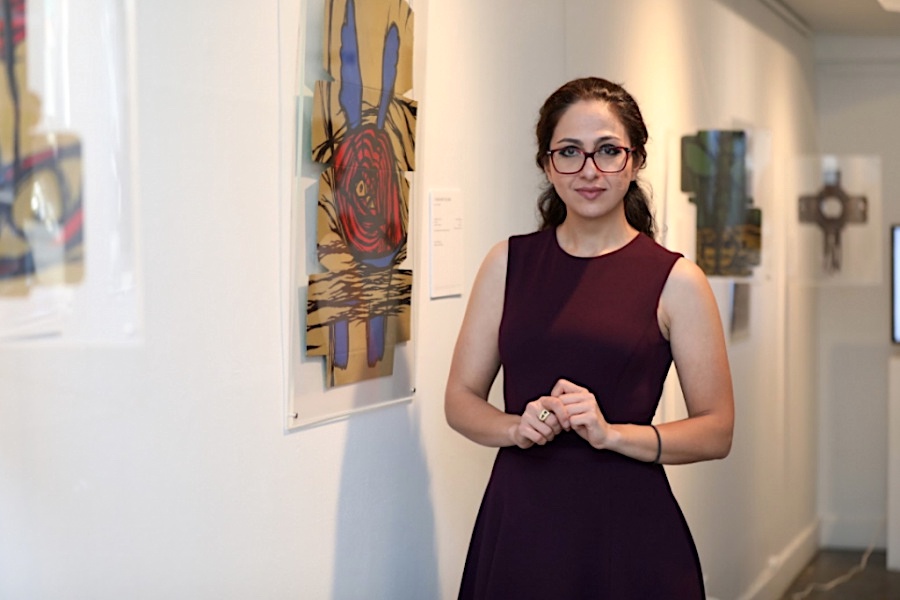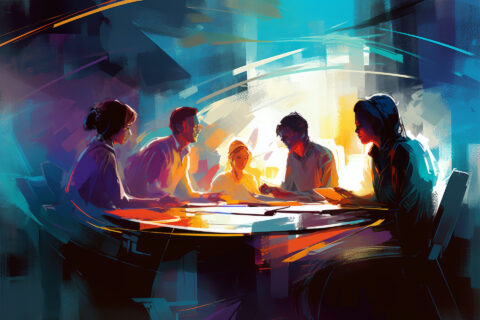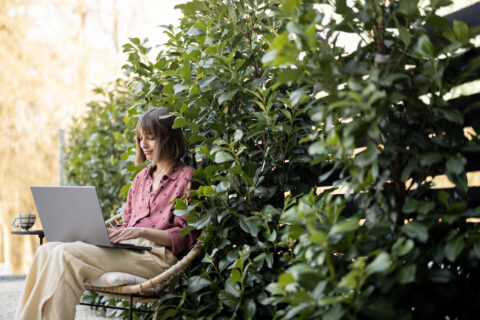In a social media driven world, we have become accustomed to the label “influencer” being thrown around amongst content creators with high follower counts, PR relationships, brand contracts and gifted goods and services.
The social web and the Internet, in general, has given rise to a new kind of influencer who generates conversation, drives engagement, and sets cultural trends. Yet, there is growing concern around the social value influencers create as issues of authenticity and oversaturation remain as key concerns.
Arguably, a true influencer isn’t always selling on social media. Instead, it is someone who has a meaningful impact on society. It could be said that artists are among the original influencers. Art influences society by changing opinions, instilling values and translating experiences across space and time. Art is often a vehicle for social change.
Visual arts reimagined
Since the dawn of humanity, visual arts have been utilized for both expression and connection. Every artist brings their own voice, tools and experiences to their work. However, the gift of an artist does not end at their own production.
As their work is released into the world, it continues to blossom with every person that witnesses it. The artwork then becomes a story or a message for society to interpret. Every artist has the power to utilize this platform beyond the simple scope of “beauty”, and Bita Mokhtar Masoumi, an Iranian visual designer and contemporary artist based in California is doing just that.
Bita is the founder of the Recycled Painting movement. The concept is simple: discarded packages and wastepaper are seen not as trash, but as usable canvases for her unusual artwork.
Bita believes that it is essential for an artist to have a clear sense of who they are in order to find their voice and message. It is, therefore, not surprising that her own technique and approach developed organically, to a large degree, in response to her own life circumstances.
At the young age of 17, Bita suffered the loss of her father, triggering a dramatic shift in her work. Suddenly, her love of painting was no longer to share with others. Painting took on a new life, as a therapeutic outlet for her grief. Although, at the time, it wasn’t for public consumption, her creative juices were flowing abundantly. She found that spontaneous drawing and painting allowed her to release pent up emotions and to take control of her thoughts. She would use whatever scrap materials were most easily accessible, regardless of their value or quality. She could not waste those moments of inspiration.
Turning ‘trash’ into treasure
The idea of turning garbage into something more meaningful first emerged in the 1980s. However, Bita brings a unique flair to this idea by combining her mixed media artwork with eloquent poetry, originally written in her native language, Farsi.
She draws inspiration from her own life experience to create the story of each piece, and touches on such topics as life and death, war, sexuality, growth, pain, femininity, discrimination, and immigration.
The excellence and the unique style of her work has been recognized through several accolades and prestigious exhibitions. Her artworks have been exhibited in leading international galleries, including Seyhoun Gallery and Orenda Artwork Gallery. She also published a book titled “Yesterday Images, Today’s Graphic Design,” published by Tehran’s Printing and Publishing Organization of The Ministry of Culture.
Through her artwork, Bita hopes to show people that art is not something of only luxury and exclusivity. She sees art as limitless and believes that it has the capacity to create change. By using scrap waste materials as her canvas, she asks her audience to reconsider their ideas of what is beautiful.
She also encourages fellow creatives to broaden their traditional understanding of what can be used as an art material and holds strong to the idea that the material used does not dictate the value of the work. Additionally, Bita has a self-proclaimed waste obsession, and says that “painting on food garbage packages became [her] silent protest against food waste.” Her pieces help to draw awareness to this significant social and environmental issue, and she hopes to cultivate more open thinking and discussion about this topic.
Visual arts impact on society and culture
Undoubtedly, the visual arts have a strong influence on the development of society. Creative thinking for social change can come from politicians, economists or business leaders just as it can come from musicians, journalists and visual artists.
Not only do the visual arts provide pleasure and creative inspiration, but they also help foster dialogue and bring important issues to the public eye. History has shown us that visual art is often a reflection of the times and tends to offer insight about the landscape of society.
Bita Mokhtar Masoumi’s pieces are no exception, and in this sense, she is a much more embodied version of our modern day “influencer”. In these times of extreme food and resource shortages, her audience is forced to consider their own footprint and impact.
Artists have a unique ability to touch on sensitive and controversial issues without necessarily having to make bold claims or statements. Visual art allows space for individual interpretation, and even though the audience may not all come to the same conclusion, the artist has stimulated them to think in a new way about the topic.
Of course, visual artists can also help to bridge the gap between different lived experiences and cultures. An artistic mind tends to have an alternative way of thinking that is often beyond the constraints of social structures. When an individual experiences a work of art, they are being exposed to someone else’s perspective.
Through exposing works of fantastic artists like Bita and conveying their message we are embracing values of diversity, unity, and solidarity. Wide audiences can understand better the cultural heritage of Iranians and learn from them. Such an exposure enhances mutual understanding, respect and curiosity which has always been, and always will be, a core of social development. Furthermore, the Iranian community adds a great value to the American economy. As a country marked by a long-lasting war, it has developed values and appreciation towards things we tend to take for granted. Iranians nurture family bonds and are culturally sensitive, which can be a breath of fresh air in the midst of fast-paced Western life.
In witnessing perspectives that are different from our own, we can broaden our understanding of this world and in turn become more creative thinkers. This is how we birth new ideas, and eventually, this is how we help to nudge our own evolution forward.
© YFS Magazine. All Rights Reserved. Copying prohibited. All material is protected by U.S. and international copyright laws. Unauthorized reproduction or distribution of this material is prohibited. Sharing of this material under Attribution-NonCommercial-NoDerivatives 4.0 International terms, listed here, is permitted.














